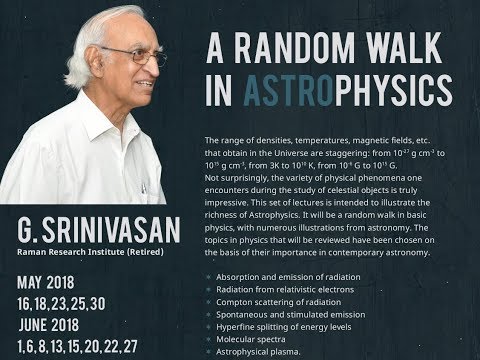Description:
Explore the fascinating world of the interstellar medium in this comprehensive 2-hour lecture by Professor G Srinivasan from the Raman Research Institute. Delve into the staggering range of densities, temperatures, and magnetic fields found in the universe, from 10-27 g cm-3 to 1015 g cm-3 and 3K to 1010 K. Discover the richness of astrophysics through topics such as absorption and emission of radiation, Compton scattering, spontaneous and stimulated emission, molecular spectra, and astrophysical plasma. Encounter a variety of astronomical objects including solar wind, gaseous nebulae, interstellar hydrogen clouds, neutron stars, pulsars, and active galactic nuclei. Learn about the groundbreaking discovery of 21 cm radiation from hydrogen and its impact on astronomy. Explore the distribution of neutral hydrogen in the Galaxy, molecular gas in the interstellar medium, and the formation of giant molecular clouds. Gain insights into celestial masers, including the first OH maser discovery in 1965 and extragalactic mega masers. Conclude with a Q&A session and a preview of the next lecture on radiation from accelerated charges.
Read more

The Interstellar Medium by Professor G Srinivasan
Add to list